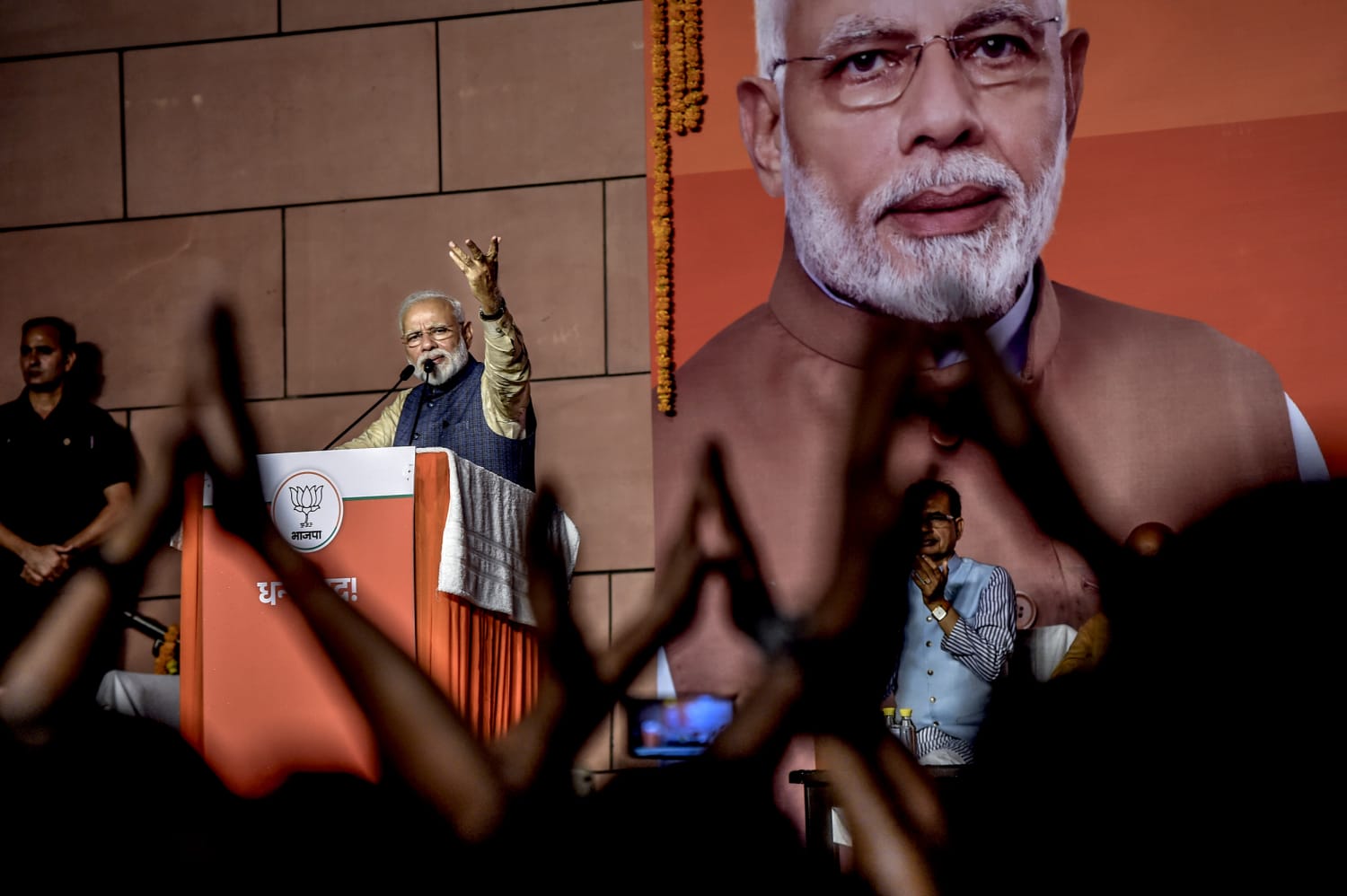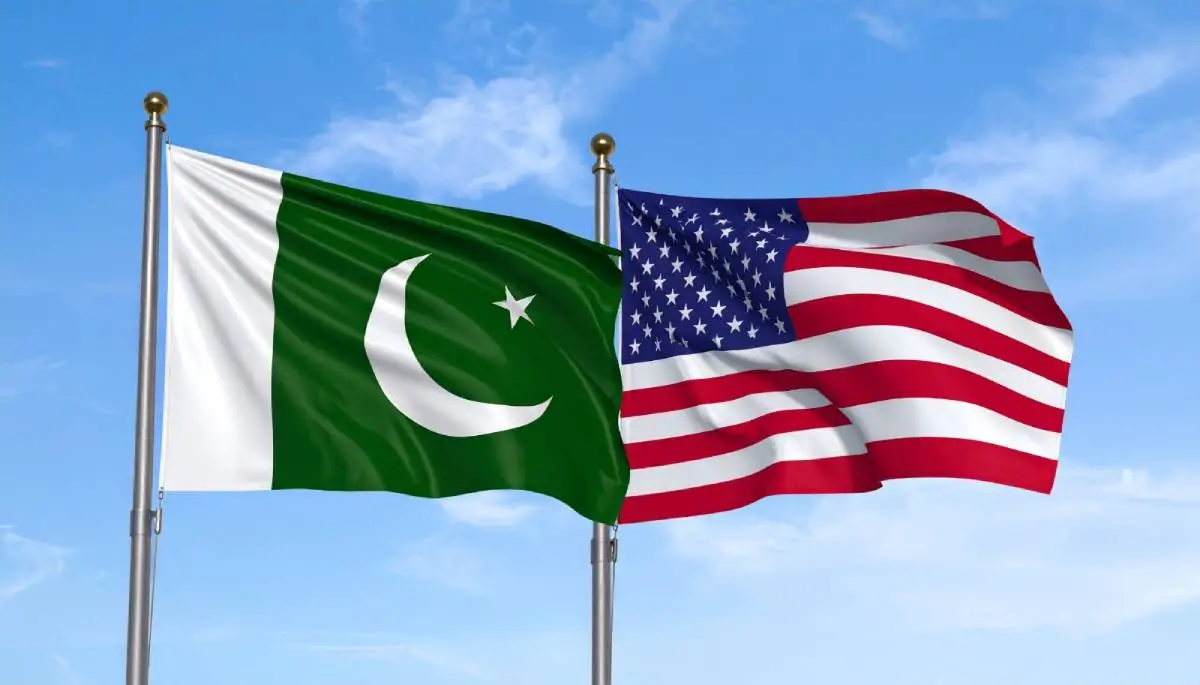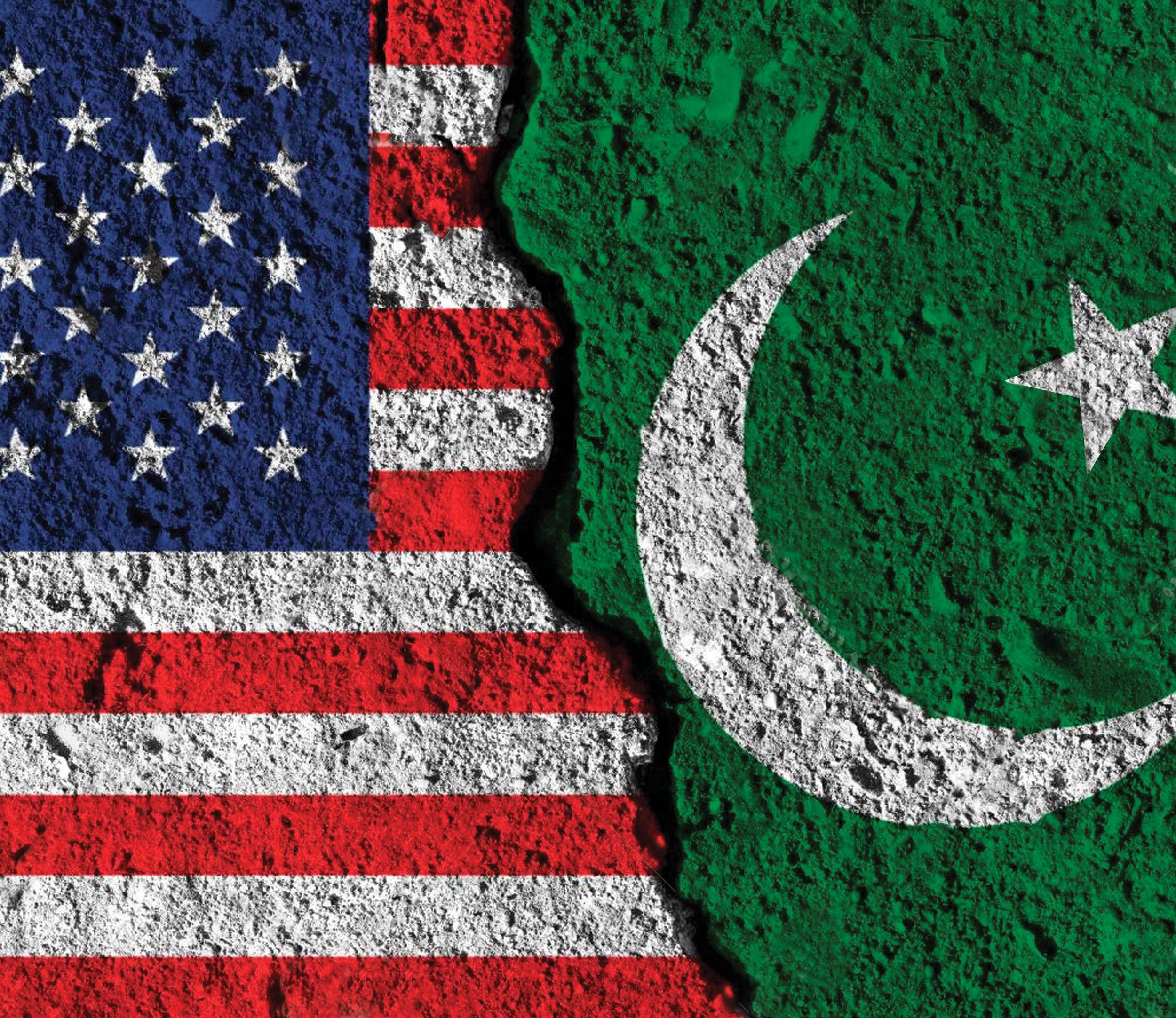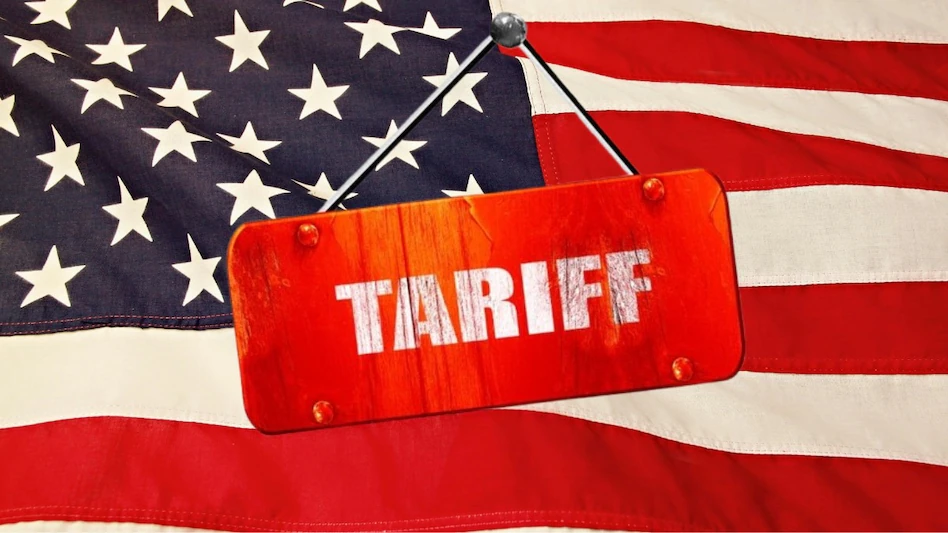Arshad Mahmood Awan
The Trump administration’s aggressive stance toward Iran is rapidly escalating, and without a shift in Washington’s tone, the world could be facing a devastating new conflict in the Middle East. President Donald Trump’s recent threats against Iran have raised alarms about the potential for a catastrophic military confrontation. While the rhetoric may appear as part of Trump’s “maximum pressure” campaign designed to force Tehran to the negotiating table, the accompanying military maneuvers and escalating tensions could lead to an uncontrollable chain of events that threaten global peace and stability.
Just last month, Trump sent a letter to Iranian leadership urging them to resume talks on Iran’s nuclear program, but also warning that failure to comply could result in military action. Over the weekend, Trump upped the ante, warning that if Iran did not return to negotiations, the US would launch an attack “the likes of which they have never seen before.” Such statements are a stark reminder of how fragile the situation is and how much damage could be done in a relatively short period of time.
In response, Iran’s Supreme Leader Ayatollah Ali Khamenei made it clear in a sermon during the religious holiday of Eid that any US attack would be met with “a strong reciprocal blow.” This exchange of threats is more than just political posturing— it’s a stark indication that both sides are headed toward a dangerous precipice. While these threats could be seen as part of Trump’s strategy to pressure Iran into agreeing to new terms regarding its nuclear program, the military movements accompanying these statements make the situation far more alarming.
For instance, the US has launched bombing campaigns targeting pro-Iranian Houthi forces in Yemen. These military strikes are seen by many analysts as a direct message to Tehran. Additionally, the US has sent another aircraft carrier to the region and deployed more bombers near Iran’s borders. While the American military is far superior to Iran’s in terms of size and technology, the sheer unpredictability of the situation makes it perilous. Even a slight miscalculation on either side could spiral into a full-scale conflict, one with devastating consequences for the Middle East and the global economy.
Although the military disparity between the US and Iran is vast, an armed conflict would still have catastrophic implications. The US maintains a significant military presence in the region, with numerous bases and tens of thousands of troops stationed in the Gulf area, all of which would be within the striking range of Iranian missiles should the situation escalate into warfare. Any military confrontation would also likely disrupt critical shipping routes in the Strait of Hormuz, through which a significant portion of the world’s oil supply passes. This would have immediate and severe economic consequences, sending global oil prices soaring and potentially triggering a worldwide economic downturn.
Pl subscribe to the YouTube channel of republicpolicy.com for quality podcasts:
Moreover, the Gulf states—who are key US allies—have reportedly expressed concerns about the potential for the US to involve them in a military action against Iran. These nations are already walking a fine line, balancing their relationships with both the US and Iran, and they are acutely aware of the risks a broader conflict could pose. The potential for instability to spill over into neighboring countries, including Pakistan, further complicates the situation. Pakistan, with its own security concerns and fragile economy, could find itself dragged into a conflict that could destabilize the entire South Asian region.
This is why Russia has also raised the alarm, warning against the potential consequences of US military action in Iran. Russia, a major player in the Middle East, has long been a supporter of Iran, and its involvement in the region complicates the US’s strategy. The fear of a broader regional conflict, particularly one involving nuclear-armed nations like Pakistan and India, is real and should not be underestimated.
With so much at stake, the US must reassess its strategy. It is clear that military confrontation with Iran would not only be disastrous for both nations but would have devastating consequences for the global economy, security, and stability. While the US demands a complete rollback of Iran’s nuclear program, such an outcome is unlikely. The Iranian leadership has made it clear that they are open to negotiations, but only under conditions of mutual respect. They are not willing to negotiate under the threat of violence or the imposition of impossible terms.
The current rhetoric from Washington, characterized by threats of military action and escalating pressure, risks pushing Iran further away from diplomacy. Iran’s government, under the leadership of Supreme Leader Khamenei, is already facing significant internal challenges, including economic hardship caused by US sanctions. The last thing Iran wants is further confrontation, but the Trump administration’s hardline approach leaves little room for compromise. In order to de-escalate the situation, the US must signal a willingness to engage in meaningful talks, without the sword of military action hanging over Iran’s head.
The next few weeks are critical in determining the course of this crisis. The US can either choose to continue down the path of aggressive rhetoric and military posturing, or it can take a step back and offer a diplomatic solution that addresses both its concerns over Iran’s nuclear ambitions and the broader regional security issues. The key here is to recognize that diplomacy, not warfare, is the only viable path forward. While the US may seek a complete dismantling of Iran’s nuclear program, any agreement must be realistic, based on mutual respect, and avoid the threat of violence.
As the situation unfolds, the entire world will be watching closely. The US and Iran are two of the most powerful nations on the planet, and their relationship has profound implications not just for the Middle East, but for global peace. A war between these two nations would not be contained within the region—it would affect everyone. Countries in Europe, Asia, and beyond would feel the economic ripple effects, with supply chains disrupted, oil prices skyrocketing, and international markets plunging into chaos.
There are also the broader security concerns to consider. An all-out conflict between the US and Iran would likely involve other regional players, each with their own interests and agendas. The Gulf Cooperation Council (GCC) countries, Israel, Russia, and China would all be drawn into the conflict in some capacity, further complicating efforts to resolve the crisis. The potential for a nuclear escalation, while not immediate, cannot be ruled out, and this would pose an existential threat not only to the Middle East but to global security as a whole.
Ultimately, the US must recognize that it cannot force Iran into submission through military threats. As history has shown, diplomacy is the only effective way to resolve complex international disputes, and the stakes are simply too high for both sides to allow a military confrontation to take place. If the Trump administration continues down its current path of aggression, the consequences will be felt far beyond the Middle East. The time for wisdom, restraint, and diplomacy is now—before it’s too late.

















